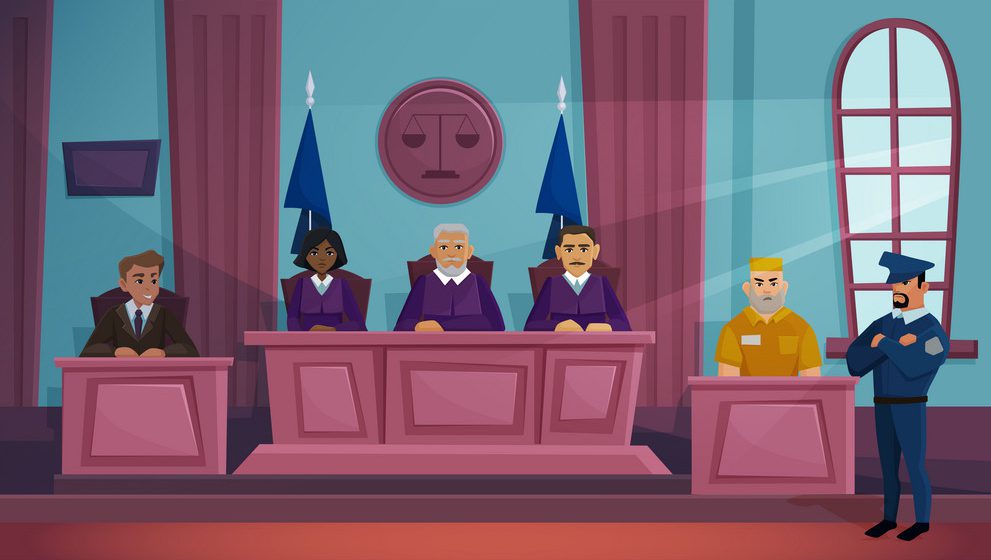A Gov’t Sanction In SA Marks Huawei’s First Legal Crackdown In Africa

In 1998, Shenzhen-based Huawei Technologies sent a small team from Mainland China to set up shop in Africa, an endeavor which led the tech company to Pretoria.
After establishing a presence in South Africa’s administrative capital, the business changed its office base to Johannesburg, the country’s largest city, in 1999. From then, Huawei began expanding across the African continent.
Fast-forward to November 2019, the Chinese company was celebrating its 20th year in Africa, two long decades of collaborating with a multiplicity of partners in different countries to improve ICT infrastructure and empower millions of Africans.
The firm now operates in 53 African countries, covering approximately two-thirds of the continent’s population count; chiefly by partnering with more than 220 mobile network operators (MNOs), training over 50,000 ICT professionals, and, of course, creating jobs. In many ways, the company has been a critical part of the meteoric changes and progress witnessed in revolutionizing the way the African peoples connect, learn, and entertain.
Founded in 1987 by former People’s Liberation Army engineer, Ren Zhengfei, Huawei has grown into the world’s most prominent provider of telecommunications equipment, with more than USD 100 B in revenues and 180,000 employees around the globe (even as of 2019).
Though unconventionally successful, the company’s first ever footprints in the American market raised anxiety concerning Chinese influence in modern day tech, an anxiety that followed the infamous cyberattacks in 2000 believed to have originated from China. In 2003, 2008, and 2014, Huawei faced huge accusations over intellectual property from Cisco, 3com, and T-Mobile, respectively.
In 2017 when Donald Trump took up office as POTUS, Huawei’s problems seemed to amplify overnight. Roughly 4 months into his administration, Trump green-lit an executive order which completely prohibited the company from accessing the United States’ supply chains. Less than a week later, Google confiscated Huawei’s Android license.
Thanks to its so-called American nightmare, the Chinese technology giant has been battling unforgiving headwinds up in the Global North, where it faces heavy sanctions from (not only the United States but also) the United Kingdom and countries affiliated with the European Union (EU). The giant’s products cannot be part of these countries’ technical infrastructures, especially when it comes to mobile networks.
In Africa, the story has been so far quite different. None of the firm’s many troubles in markets such as Sweden, Norway, Denmark, Belgium, France, or Estonia are found anywhere in the continent, where the multinational’s components comprise up to 70 percent of 4G networks. In the 5G dimension, Huawei is already leading the supply game in its Nigerian, South African, and Kenyan markets.
Huawei’s rather surprising acceptance in the region can be credited to its footprints and historic economic ties in and with South Africa, the continent’s second-largest and most industrialized economy. Rain, Vodacom, and MTN, some of the country’s leading network operators, have each launched metropolitan 5G connection services using some Huawei equipment. Meanwhile, the firm’s non-Android smartphones appear more popular in South Africa than anywhere else.
However, Huawei’s unit in South Africa (its initial African touchpoint) is now embroiled in its first major dispute with the country’s government. Though the company’s network-related services are not in question this time, the nation’s Department of Employment and Labor is taking Huawei South Africa to court for not complying with the laid out equity policies for employment.
The tech company’s South African unit was audited in 2020, and it was discovered that 90 percent of the local unit’s workforce are foreign nationals. In Huawei’s defense, South Africa’s Department of Home Affairs (DHA) gave the company the permission to hire such a number of internationals, while remaining silent on its employee count. But, findings from the Department of Employment and Labor read differently.
“In investigating this matter, we worked with the DHA to determine whether it had granted Huawei a permit to employ more than 40 percent foreign nationals, as required by the immigration regulations. It was discovered that Huawei was granted a permit in accordance with the provisions of the immigration regulations that required them to employ 60 percent South Africans and 40 percent foreign nationals,” the department indicated in an official statement.
“We are requesting the honorable court to grant them an order that says they must implement an employment equity plan that will redress the status quo,” labor department advocate Fikiswa Mncanca-Bede told Reuters today.
The court papers filed against Huawei South Africa by the Department of Employment and Labor demand the unit to pay ZAR 1.5 M (≈ USD 100 K) or 2 percent of its turnover for the year 2020.
This [thus] marks the first time an African government is taking legal action against the tech giant. Although, a smaller Johannesburg-based Chinese firm has been sanctioned for providing poor working conditions for employees, with the court case yet on in South Africa.
One of the leading ICT actors in the South African economy, Huawei sells an extensive range of sought-after tech products; smart mobile phones, interactive devices, TV sets, and telecom equipment, while offering cloud computing and data storage services. On its part, Huawei says it is willing to comply with local regulations.
In the past two decades of its African operations, Huawei has deployed the first 2G, 3G, 4G and 4.5G networks respectively in various countries and conducted the continent’s first batches of outdoor 5G trials.
Outside China, Europe, the Middle East and Africa (EMEA), is Huawei’s biggest market, and it has, in Africa, found respite from the government-led crackdowns it is facing in the Global North. In 2019, the company turned over USD 29.5 B in revenues from the EMEA region; the same year, Huawei made USD 7.5 B in the Americas and USD 72.6 B in China.
The Chinese company’s contributions to African tech are yet to be challenged, despite hefty allegations of being a conduit for Beijing’s alleged exploits in global cyberespionage.
Featured Image: Vectorstock